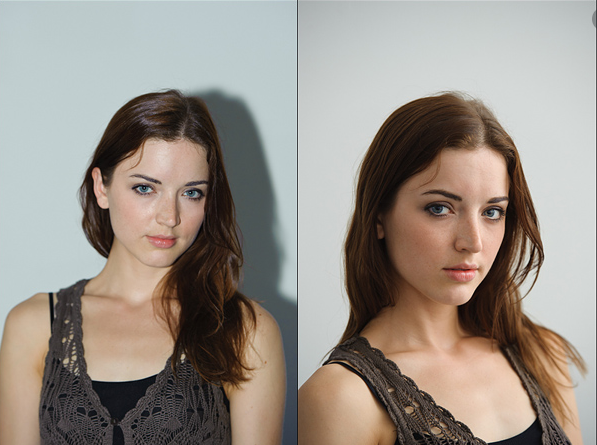Supporting students from Cheslyn Hay Academy, Part of Windsor Academy Trust
18th May
11th May: iPhone Photography
EXPLAIN & MODEL
Last week we focused (pardon the pun) on the practical elements of how to take a photo using a DSLR and using a lightbox. Today we are going to focus on taking a good photo in terms of subject matter. We are going to consider framing, angles, light, etc.
Many of you said that you planned to use your mobile phone to take your photos. To support you, I found some really good tips.
How to Take Good Photos with a Phone - 10 Killer Tips!
- Good framing (rule of thirds)
- Appropriate shot distance (don't waste frame space with unwanted information)
- Appropriate shot angle
- Focus selection
- Lighting
4th May: Photography
SMART START
What is the Rule of Thirds?
THE BIG PICTURE
To complete your NEA, you need to add some original photography. After today's lesson you should be able to use a DSLR to take your photographs (before some post-production editing in Photoshop).
In today's lesson we will answer the following questions:
- What are the various shooting modes on a DSLR?
- What is aperture?
- What is ISO?
- What is shutter speed?
- What is the exposure triangle?
- How do we manipulate focus?
- How do you use a lightbox?
- What is the difference between a candid and a posed shot?
- A portrait with a deep depth of field (no blurred background)
- A portrait with a shallow depth of field (blurred background)
- A car
- A building
- A camera (using a lightbox)
- A landscape










